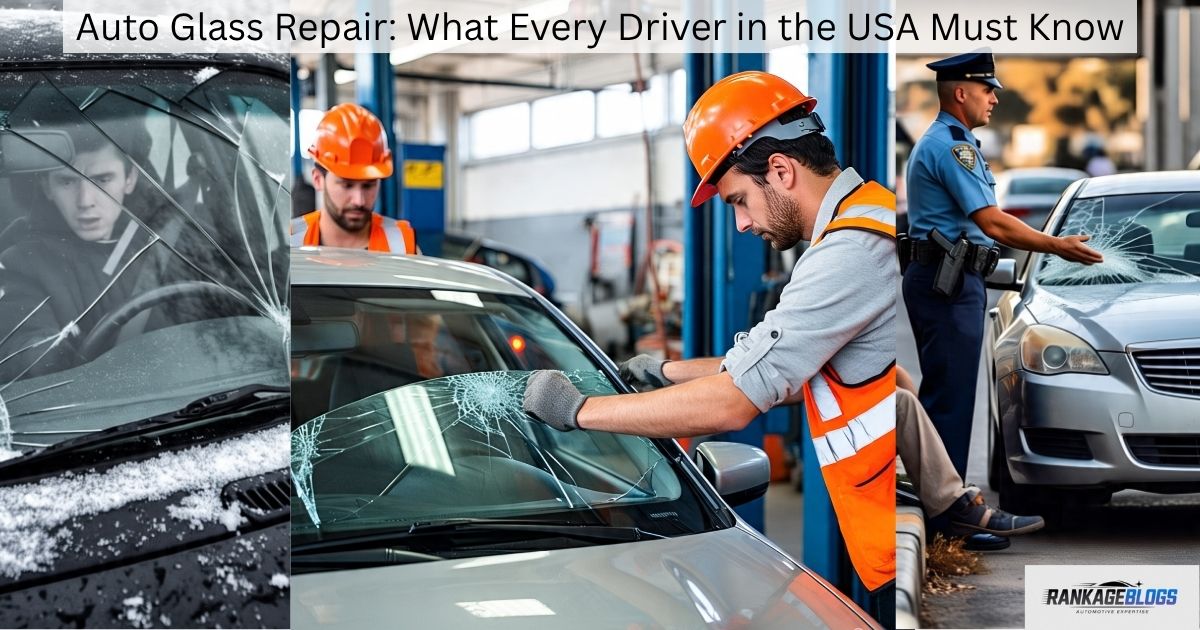Most drivers overlook how important it is to keep their windshield in top condition. The truth is, auto glass repair plays a crucial role in keeping both your safety and visibility intact on the road.
A cracked or chipped windshield doesn’t just ruin the look of your car—it puts you at risk. Damage caused by rock chips, road debris, or temperature changes may seem small at first, but it can seriously weaken your windshield’s strength.
Look, it might seem like no big deal now, but ignoring it could lead to more serious issues—like a weakened windshield that might not hold up in an accident or even total failure during a collision. That’s not a risk worth taking, right? Luckily, with modern solutions like resin injection repair, you can fix most minor damage pretty quickly.
For those who can’t go to a shop, mobile auto glass repair services like Safelite come right to your door. And here’s the thing: timely repairs don’t just save you money—they help preserve your car’s auto glass and prevent it from becoming a bigger problem.
Understanding the Importance of Auto Glass Repair
What is auto glass repair? You know, it’s more than just fixing a crack or chip. When your windshield’s damaged, your whole vehicle’s structural integrity in collisions can be at risk.
Think about it— a small crack might not seem like a big deal, but it can quickly escalate into a major issue, especially if you’re driving in rough weather or hitting a lot of bumps.
So, why is auto glass repair important? Simple—it keeps your visibility clear and helps prevent accidents.
And if you let those cracks sit? You could be looking at costly replacements or even getting a ticket in some states. A quick repair doesn’t just save time and money—it also protects the structure of the car and lowers the risk of injury if something goes wrong.
Every year in the USA, thousands of collisions involve vehicles with weakened auto glass. Timely repairs are not just smart—they’re lifesaving.
The Role of Auto Glass in Vehicle Safety
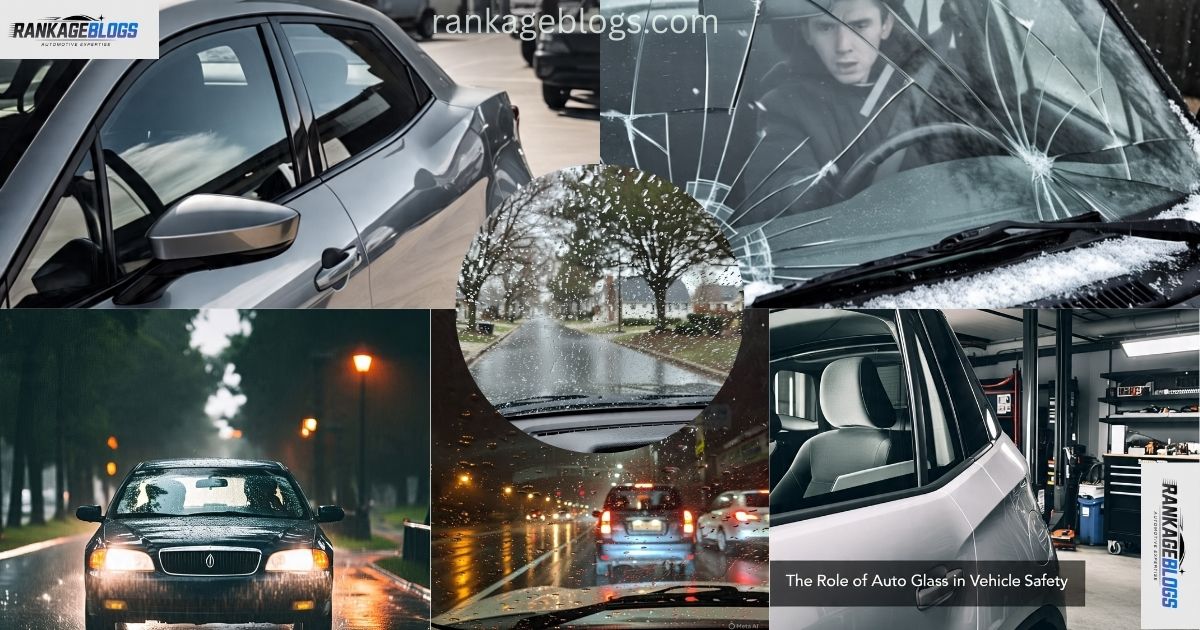
Is windshield part of car safety? Absolutely. You might think your windshield just blocks wind and bugs—but it does way more than that. It actually supports the roof during a rollover accident and even helps your airbags deploy correctly with proper timing when it really counts. Damaged glass reduces this support.
How does auto glass protect you? It’s actually part of the car’s safety cage. That’s why the strength of your windshield really matters in collisions. If your windshield has spider cracks, it might not hold up during an accident. And here’s something to think about—high-quality glass gives you better windshield impact resistance, especially when crashes happen.
Common Causes of Auto Glass Damage
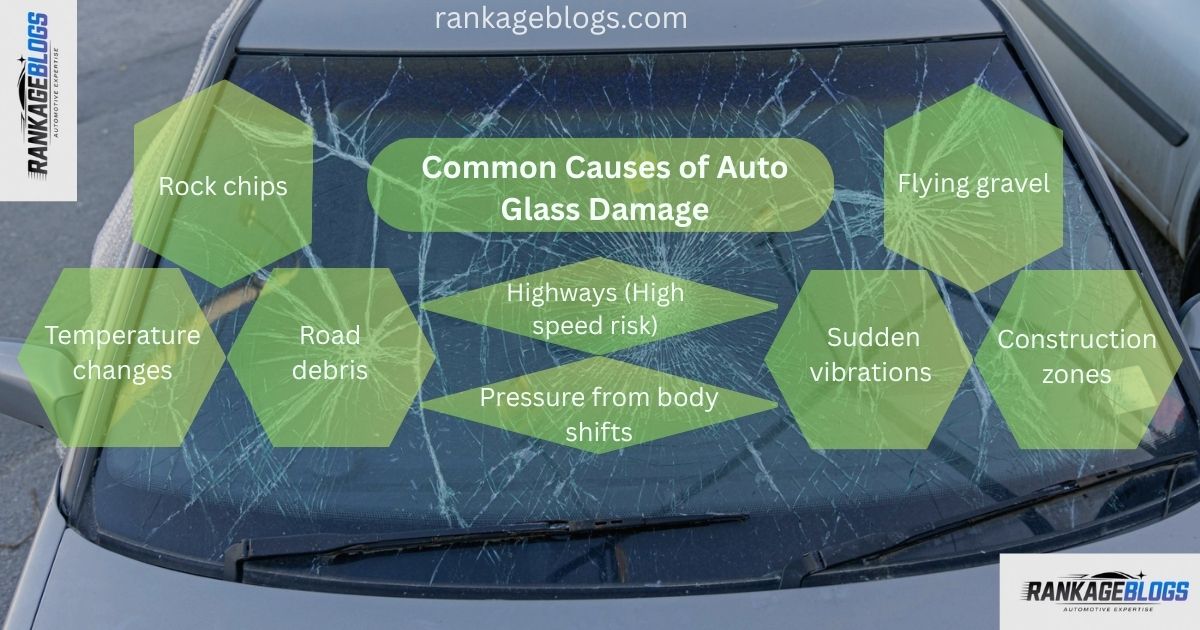
What causes windshield cracks?
Common reasons include:
- Rock chips in the windshield
- Road debris
- Stress from changes in temperature
In northern states, temperature changes frequently cause auto glass cracks during winter.
Why do windshields chip?
It could be because of:
- Flying gravel
- Pressure from body shifts
- Sudden vibrations
Construction areas and highways are often risky zones for your windshield.
Types of Auto Glass

What are the different types of auto glass? Most cars use two kinds: laminated and tempered. Laminated is used in windshields and stays in place when cracked. Tempered is used on side and back windows and shatters on impact.
When comparing laminated vs tempered auto glass safety features, laminated is generally the safer option—it doesn’t shatter into sharp pieces. It gives you extra protection and can help you avoid injuries if an accident happens.
Auto Glass Repair: Types of Windshield Damage
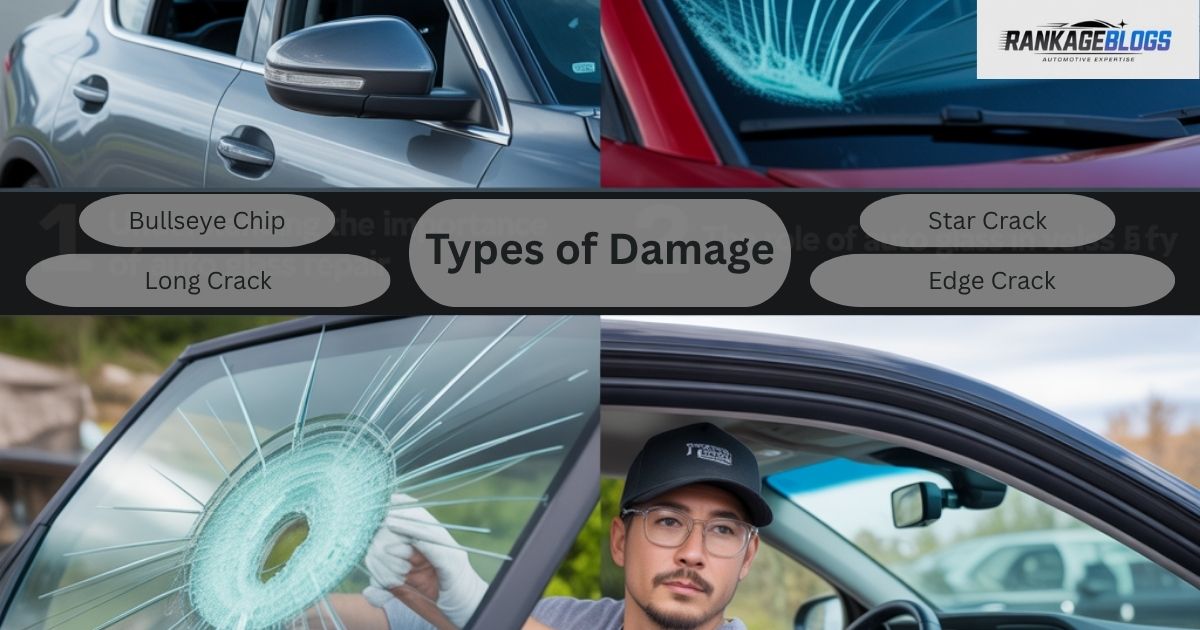
What types of windshield damage can be repaired?
Well, not all damage is created equal.
- Small chips like bullseye vs star crack windshield damage often be fixed easily.
- Long cracks or those touching the edge are more serious.
- If you have a crack near windshield edge, it weakens the whole structure.
- Preventing the spread of cracks is key to avoiding a full replacement.
Repair Methods
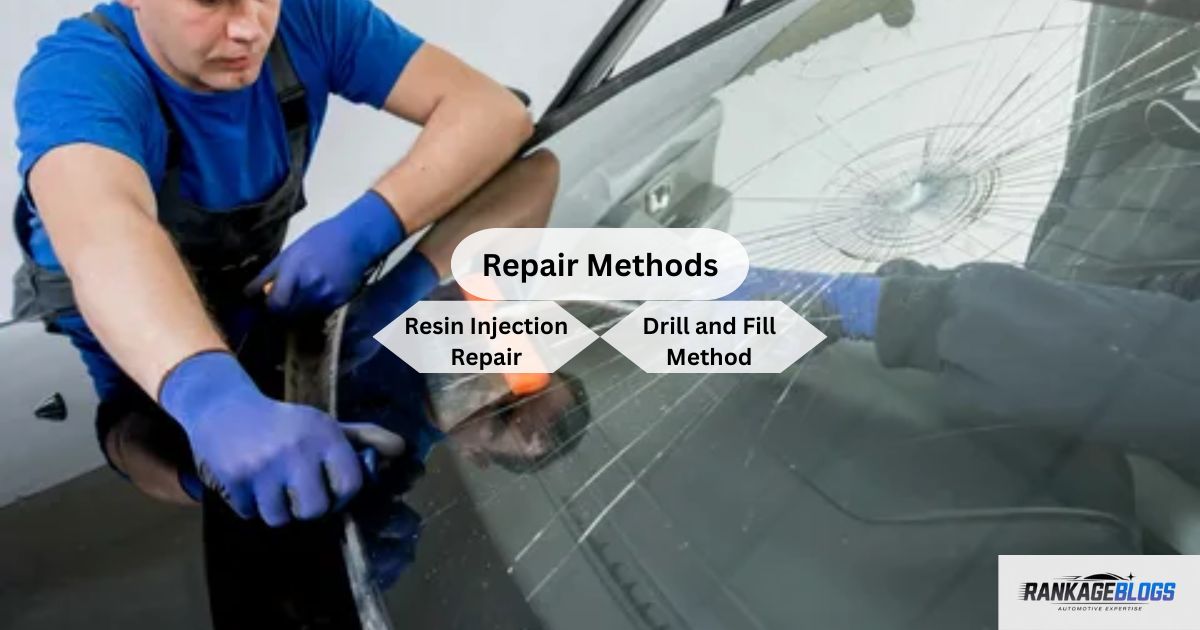
How Do Professionals Perform Auto Glass Repair? The most common method is resin injection repair. A special resin is injected into the crack, then cured with UV light. This prevents the crack from growing.
There’s also another method called drill-and-fill repair techniques, and it’s used when you’ve got deeper chips. The great thing is, these repairs are quick—the cure time for resin is usually under an hour. Pretty convenient, right? Experts know exactly when to use this technique..
Windshield Repair and Replacement Explained
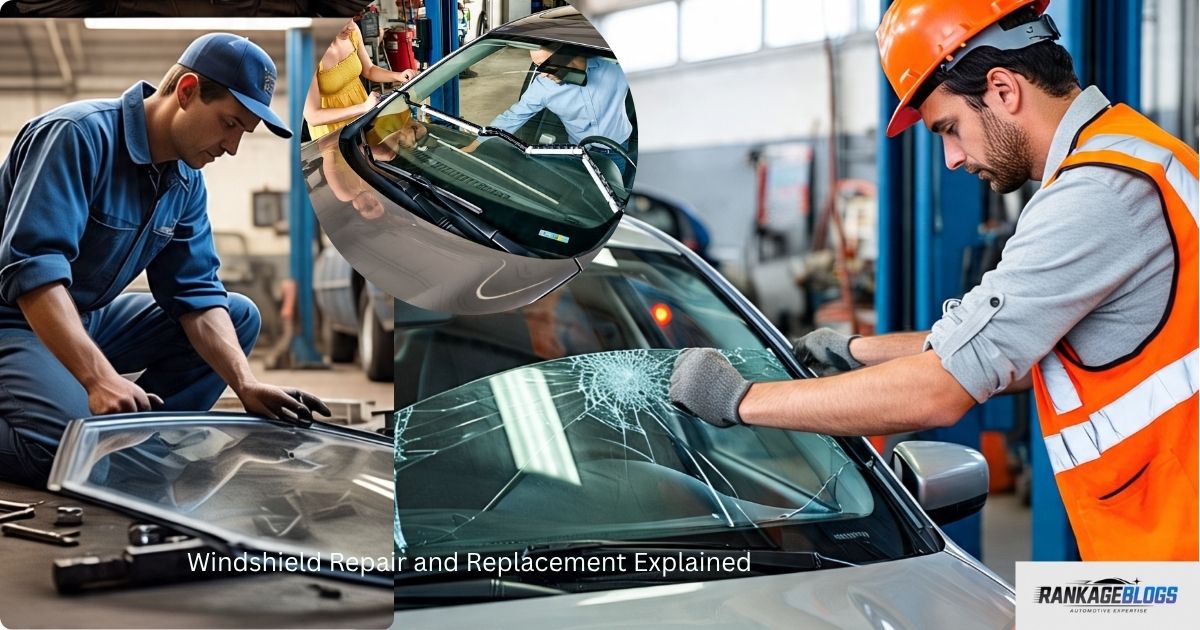
When to repair vs replace windshield? If a chip is under the windshield repair threshold—usually smaller than a dollar bill—it can be repaired. But for OEM-quality glass replacements with mobile service and warranty, check out trusted providers like Auto Glass Service. Larger or deeper damage needs replacement.
Newer cars often require ADAS calibration after windshield replacement. These systems, like lane assist, rely on proper windshield alignment. You might not think about it much, but proper alignment is crucial for safety—especially when your vehicle’s systems rely on everything being perfectly in place.
Auto Glass Repair vs. Replacement – What’s the Difference?
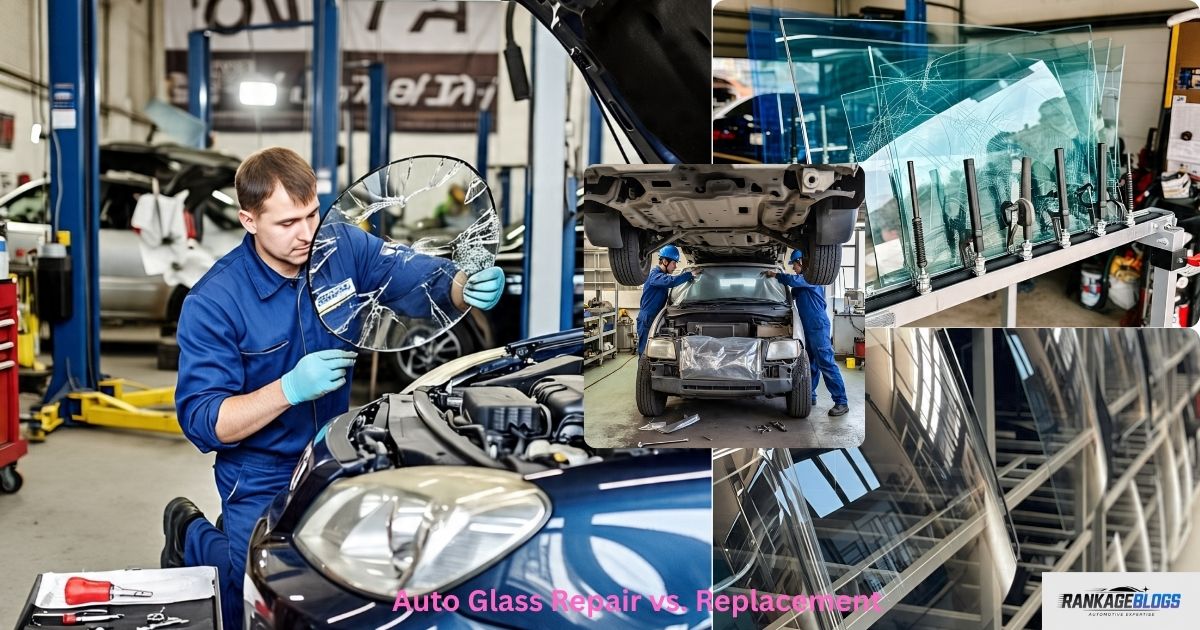
Is repair cheaper than replacement? Yes. Repairing a chip may cost under $100 while a full replacement could be $300–$1000 depending on the car and glass type.
There’s also significant cost differences between repair and replacement in terms of time. Repairs take under 30 minutes, while replacements can take a couple of hours and need curing time.
Cost of Auto Glass Repair: What to Expect
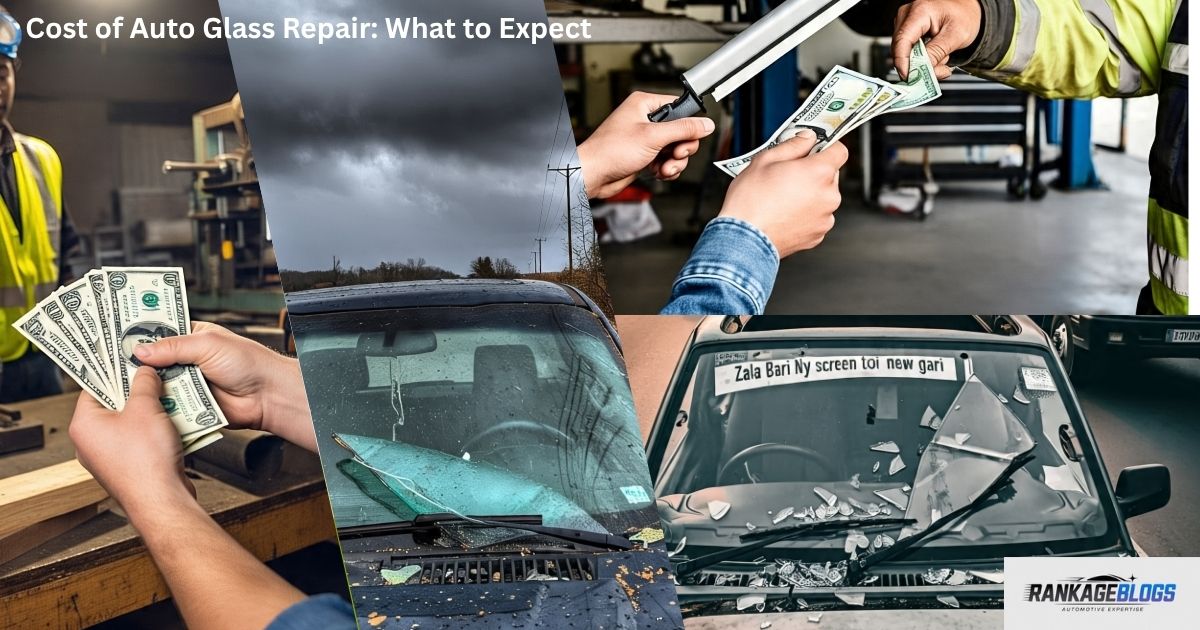
How much does windshield repair cost?
Here’s a table to understand typical pricing across the USA:
| Service Type | Average Cost (USD) |
| Chip Repair | $50–$100 |
| Crack Repair | $75–$150 |
| Full Replacement | $200–$600 |
| Luxury/OEM Glass Install | $1000–$2000 |
Mobile repair cost can be slightly higher due to convenience. But some providers offer discounts.
Insurance Coverage for Auto Glass Repair
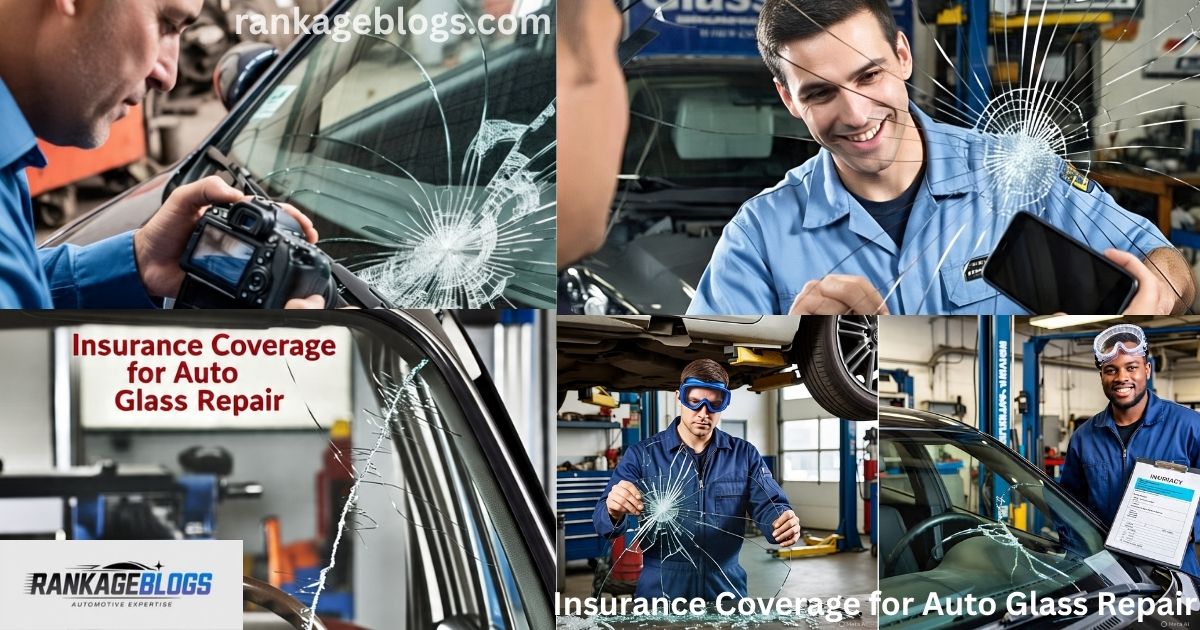
Does insurance cover windshield repair? It depends. Some companies offer zero-deductible glass coverage, while others include it in comprehensive plans.
Check if your policy includes a deductible for glass repair. Also, state laws on auto glass insurance claims vary significantly. For example, Florida requires insurers to cover full glass repairs.
Does Progressive Cover Auto Glass Repair? 5 Key Facts You Should Know
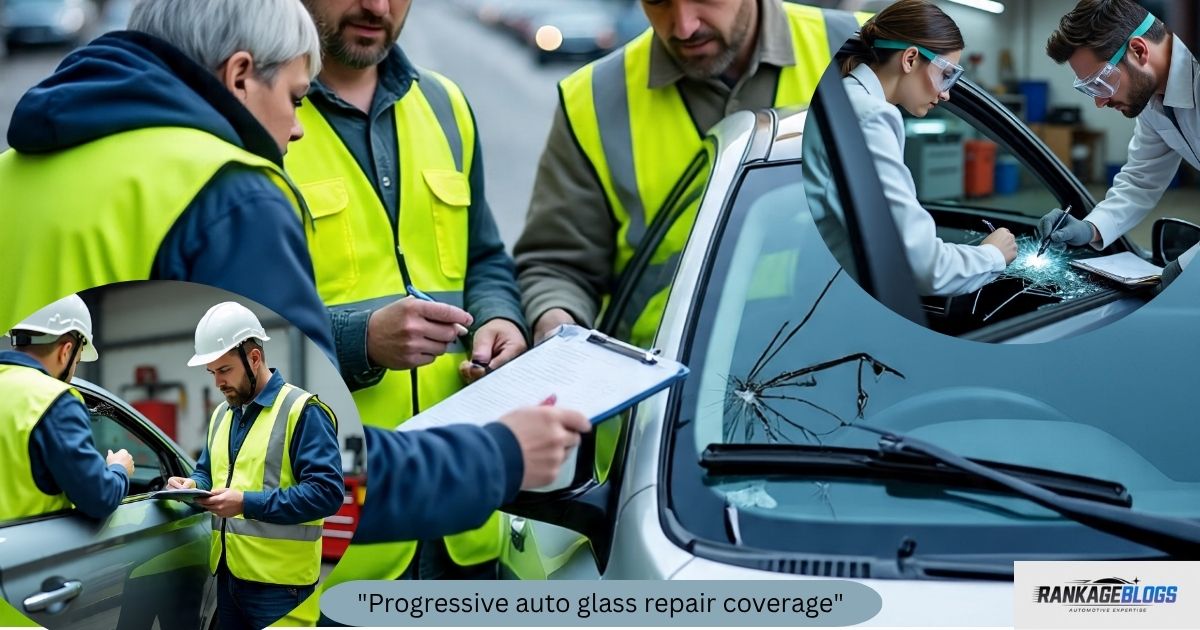
If you’re insured with Progressive, you’re probably wondering how they handle auto glass repairs. Here’s what you need to know:
- Yes, they cover it – If you’ve got comprehensive coverage, Progressive will usually cover windshield and glass repairs.
- In many cases, they waive your deductible – That means you might not pay anything out of pocket for simple repairs like chips or cracks.
- They offer quick claims processing – You can file claims online, through the app, or by calling—super easy and convenient.
- Repairs are often prioritized over replacements – Progressive promotes repairs when possible because they’re quicker, safer, and cost-effective.
- Approved shops make things smoother – Using Progressive’s preferred glass repair providers can fast-track the process and often come with warranties.
So, if you’ve got a chipped or cracked windshield, Progressive might have you covered more than you think. It’s always smart to check your exact policy details or call their support team.
Auto Glass Repair and Environmental Impact
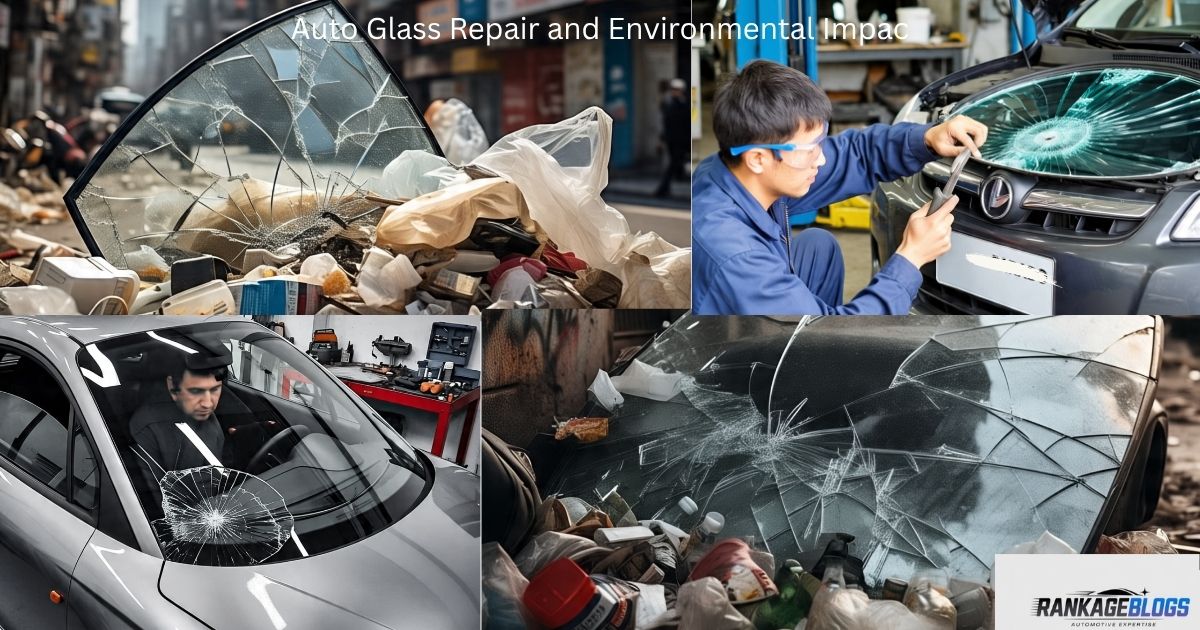
Is windshield repair eco-friendly? Yes. Repairing glass uses fewer materials and keeps waste out of landfills. Replacing creates more waste and pollution.
Recycled auto glass and environmental sustainability is gaining traction in the US. Some companies use sustainable practices and minimize the resin environmental impact as well.
Step-by-Step Guide to the Auto Glass Repair Process
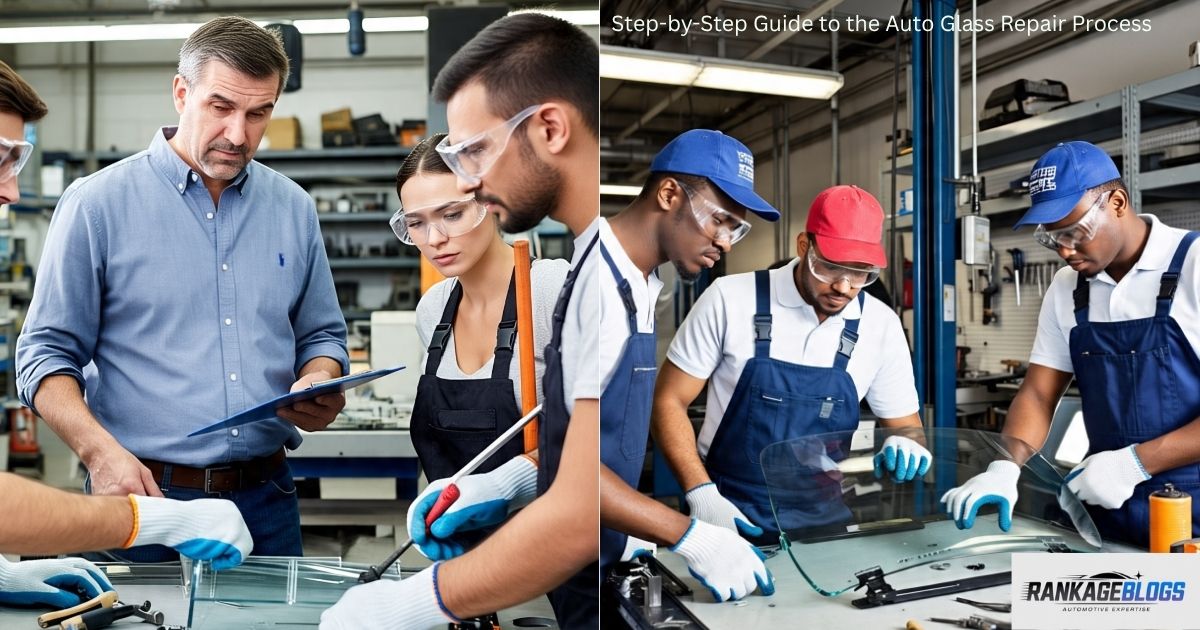
What happens during a windshield repair? The process starts with cleaning. Then the technician inspects the damage. If repairable, they use resin and UV light to seal it.
Here’s a breakdown of mobile repair steps for your convenience:
| Step | Action Taken |
| 1. Inspect | Assess damage and check repairability |
| 2. Prep | Clean glass and position tools |
| 3. Inject Resin | Apply resin using special tools |
| 4. Cure Resin | Use UV light for fast hardening |
| 5. Final Check | Polish and inspect clarity |
Professional Auto Glass Repair: Why It Matters
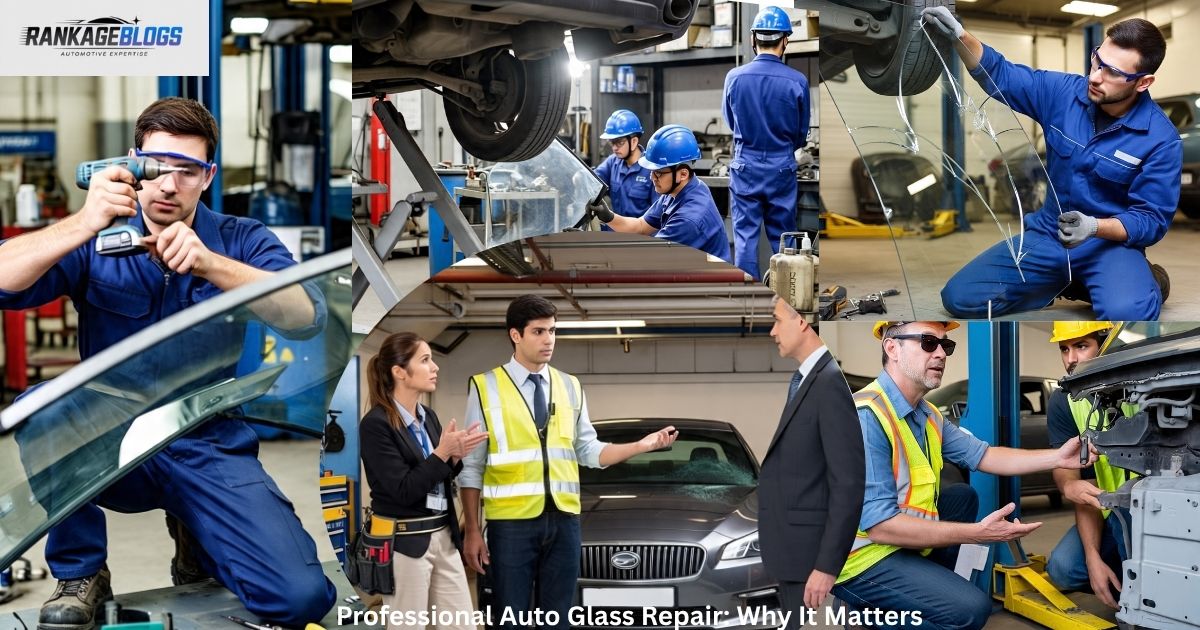
Can I trust a professional for glass repair? Definitely. Certified auto glass technicians with proper training follow strict safety standards. They use better tools and offer warranties too.
Some also handle ADAS calibration after repair, ensuring your car’s sensors work right. This adds peace of mind and prevents future issues.
DIY Auto Glass Repair: Is It Worth It?
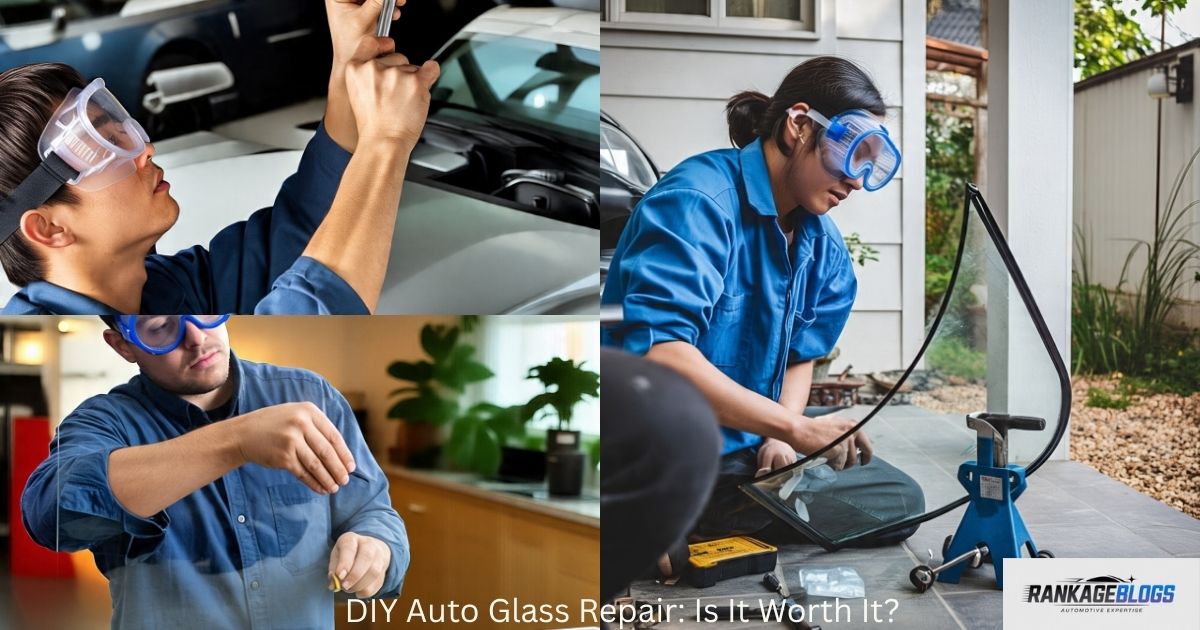
Are DIY windshield repair kits effective?
- They work for very small chips.
- But results vary.
- The difference between DIY and professional repair results can be significant, especially with complex damage.
- Some best repair kit brands include Rain-X and Permatex.
- Still, many people mess up the repair, which leads to more costly fixes later.
When to Act: Signs Your Auto Glass Needs Immediate Attention
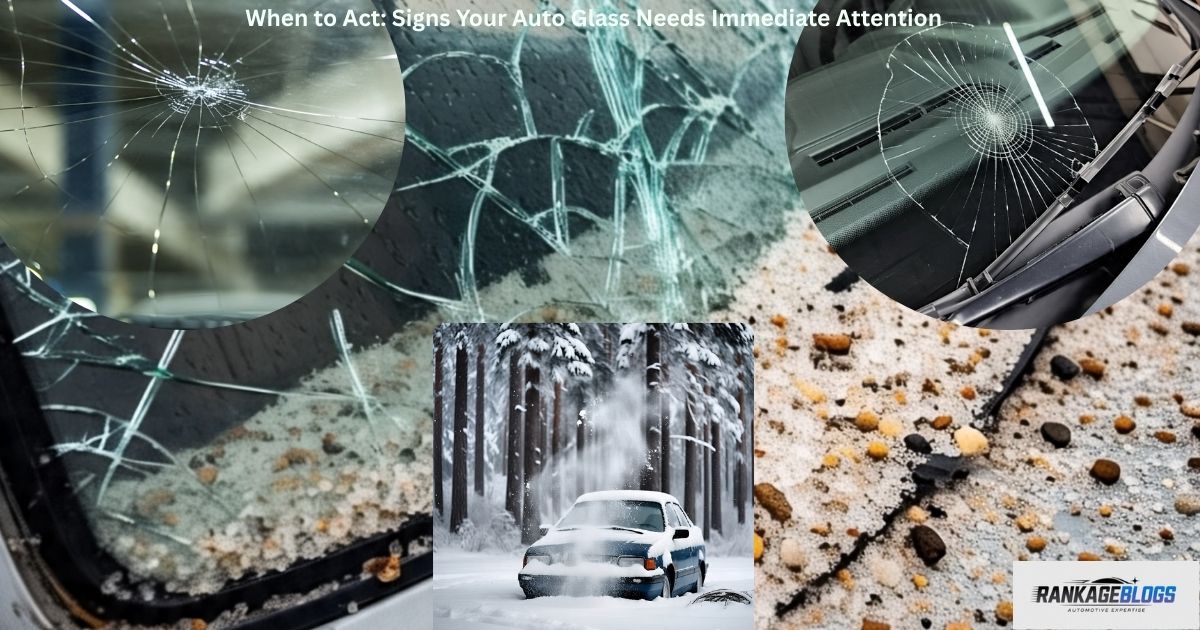
When is a windshield crack urgent? If it’s spreading fast, right in your line of sight, or creeping toward the edge, don’t put it off. You know how temperature swings—heat or cold—can make those cracks worse in no time.
And here’s something most people don’t realize: legal limits for windshield cracks vary by state and actually decide whether your car will pass inspection. So yeah, ignoring damage isn’t just risky—it might be illegal too.
Conclusion: Take Care of Your Auto Glass Before It’s Too Late
Your windshield isn’t just a piece of glass—it’s actually a safety shield for you and everyone in the car. Think about those tiny chips from flying debris or those long cracks creeping across your field of vision… they might look harmless at first, but even the smallest damage can turn into a big risk if you leave it alone.
That’s why understanding the basics of auto glass repair—such as cost, insurance coverage, and repair options—gives you the upper hand when it comes to your vehicle’s safety. Whether you’re leaning toward a professional repair or giving a DIY kit a shot, don’t wait. The road’s a lot safer and clearer when your glass is clean, strong, and totally crack-free.
Frequently Asked Questions About Auto Glass Repair
How long after windshield replacement can it get wet?
Your new windshield can handle a bit of water after about 30 minutes, so don’t stress if it rains. But if you’re thinking of giving your car a wash, it’s smarter to wait at least 24 hours—just to be safe and let everything fully set.
Can I drive my car with a cracked windscreen?
Sure, you can drive with a cracked windscreen—but should you? Probably not. It can block your view and might get worse while you’re on the road, which just adds to the safety risks.
How long does it take to replace a windscreen in a car?
Replacing a car windscreen usually takes 60-90 minutes, plus adhesive curing time. Understanding the complete windshield replacement timeline helps you plan accordingly.
How much does it cost to get glass repaired?
Glass repair typically costs anywhere from $50 to $150. It really depends on the type of damage and how serious it is.
Does Safelite repair glass for free?
Yes, if your insurance includes full glass coverage with a zero deductible—otherwise, you’ll need to pay out of pocket.
How much does it cost to replace a windshield without insurance?
Without insurance, replacing your windshield typically costs between $250 and $600. If your car uses luxury or OEM (original manufacturer) glass, the cost can be even higher.
Does Jiffy Lube do glass repair?
No, Jiffy Lube doesn’t offer auto glass repair or replacement services—so you’ll need to check with a dedicated auto glass shop instead.
Do car dealerships do glass repair?
Some dealerships do offer glass repair or replacement—especially if it’s part of your certified maintenance or still under warranty. It’s always worth asking them first.
Does Progressive do glass repair?
Yes, Progressive covers glass repair if you’ve got comprehensive coverage—and in many cases, they’ll even waive the deductible for repairs.

